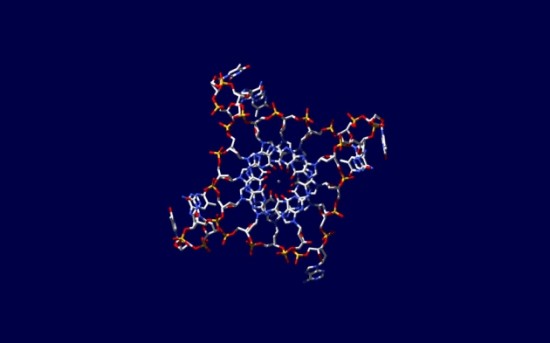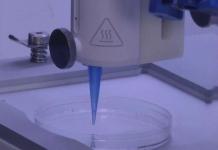Everyone knows what DNA looks like, right? A double-stranded helix, which coils and supercoils on itself to form dense chromosomes. A square-shaped type of DNA can be created in the laboratory by the folding of synthetic DNA strands rich in guanine, one of the building blocks of DNA.
It’s long been believed by scientists that G-quadruplex structures may occasionally form in the DNA of living cells, compromising four guanines from different places along a G-rich strand held together by a special type of hydrogen bonding to form a compact square structure that interrupts the DNA helix.
At the University of Cambridge, UK, researchers headed by Shankar Balasubramanian provide evidence, for the first time, hat G-quadruplexes do occur in cells, and they actually have quite an important function to preform.
The protective tips of chromosomal DNA, known as telomeres, are rich in guanine and so are likely candidates for G-quadruplex structures. After trawling through human genome data in search of other guanine-rich sequences, some scientists have suggested that quadruplexes could also be created in other areas of the genome involved in regulating genes, particularly some cancer-causing genes.
Balasubramanian and his partners found that to be true. They engineered an antibody that binds tightly and specifically to G-quadruplex structures and does not bind to double-stranded helical DNA. When they incubated the antibody with human cells in culture, they found that it bound to many different sites in the chromosomes, only around a quarter of them in telomeres.











